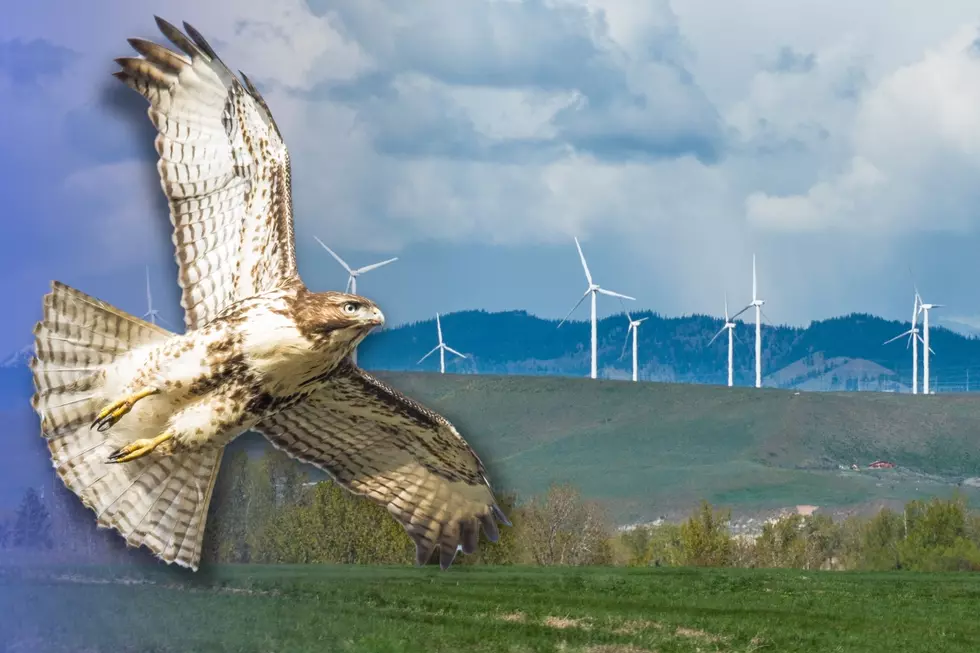
3 ways Washington can build bird-safe wind farms
Wind turbines are becoming a more common sight, particularly in southern Washington where winds blow through the drier landscapes along the Columbia Basin. On any clear day, I can look outside my office and see the turbines of Nine Canyon spinning slowly in the distance. They're a more modern form of the classic windmill, capable of producing an enormous amount of clean energy - so it's no wonder we've adopted them as an energy source. It makes about 8% of our energy currently in Washington.
There's just one problem: they kill birds. Sometimes, endangered birds.
The last U.S. federal estimate of birds killed yearly by wind turbines is 234,012. That may sound like a lot, but the full chart of bird deaths shows that it's the least concern - the next lowest is oil pits at about 750,000 annually. After that, the annual bird deaths by cause are in the millions. That means that in terms of scale, wind farms are less deadly to birds than cats, electrical lines, and vehicles.
So what's the problem? Because of the expanse and type of land needed, wind farms are usually built in areas with a large amount of wildlife. Of that wildlife, many still are threatened and endangered species as they are removed from the threat of direct human contact. As the American Bird Conservancy points out, "Some bird species are more susceptible to collisions with turbines, and some are less capable of sustaining losses than others due to their reproductive ecology."
In fact, the planned Horse Heaven Hills wind farm is being altered after the discovery of two ferruginous hawk nests.
What do we do to prevent bird deaths, then?
While it's believed that the deaths caused by wind turbines far outweigh the deaths caused by their alternative energy sources (like hydropower and fossil fuels), we still want to do our best to minimize the impact on birds - especially protected species. There's a lot already being done, including nest studies, radio-tagging, and thermal imaging. Turbines can even suspend operations temporarily during migratory seasons.
Europe has some interesting suggestions on how to fix the problem.
Recently, the BBC ran an article about tricks that can possibly counter the danger of wind farms to birds. Here's some of the suggestions presented:
1. High-visibility cables:
Cables run between wind turbines to help process energy. The Vulture Conservancy Fund is helping by adding highly visible reflectors and spirals to cables - many of which can be added via drone with no disruption to service.
2. Paint blades black:
Wind turbines are usually a pale off-white. Painting blades black may significantly reduce collision by increasing visibility to birds. One study found it reduced collisions by 70%. Another suggestion is to stripe the blades black, creating a flickering look for oncoming birds.
3. Play discouraging static:
Static isn't just meant to annoy your neighbors. One researcher is testing an acoustic lighthouse that plays white noise upward toward oncoming birds to warn them of the danger. This helps redirect the birds' path, or at least, draws their attention to the air space in front of them.

So while environmental impact studies continue to change our wind farm plans, perhaps researchers at our own local universities like WSU and UW can devise more clever plans that keep our endangered species protected.
LOOK: Washington State's 33 Endangered Species
Gallery Credit: Jaime Skelton
Washington's Most Watched Birds
Gallery Credit: Patti Banner
More From 105.3 KISS FM









